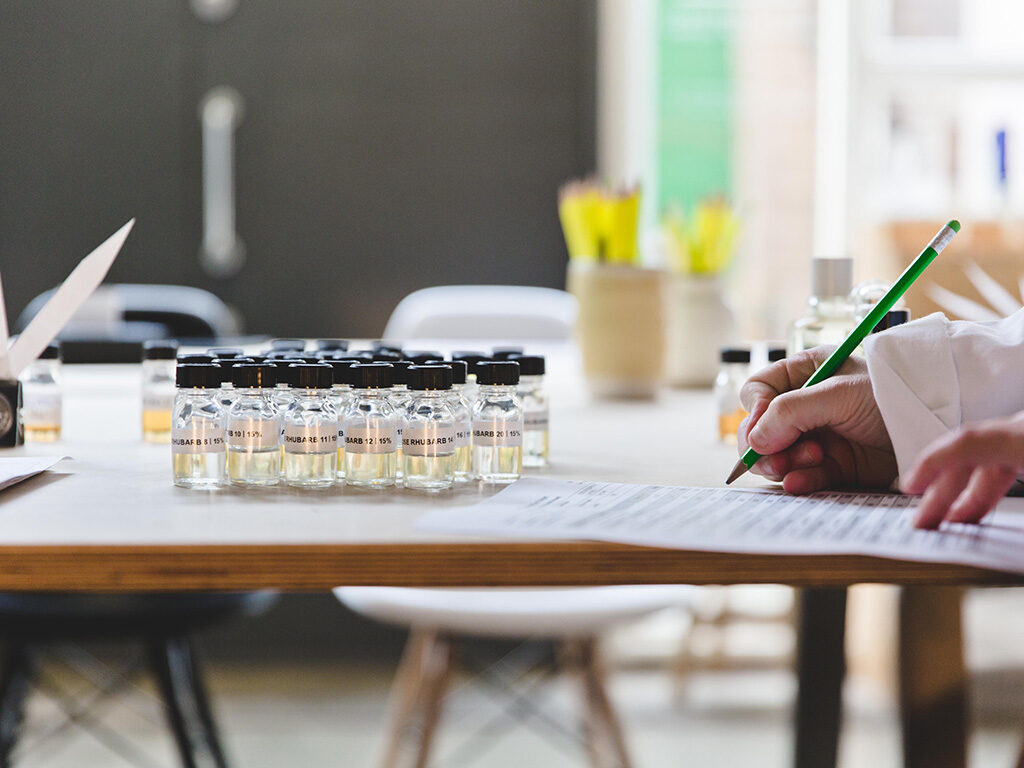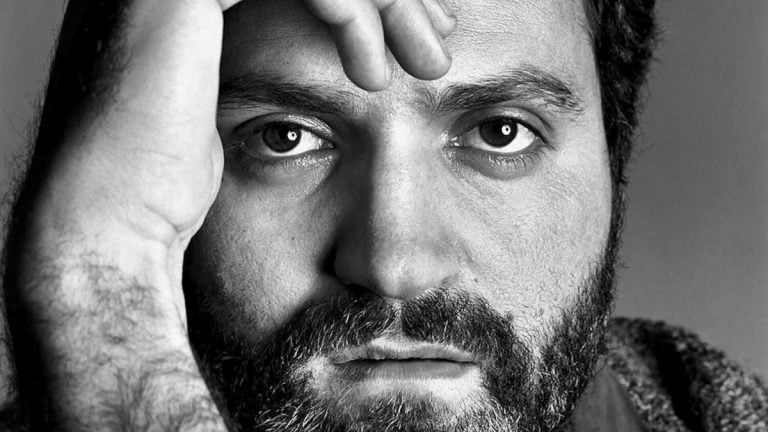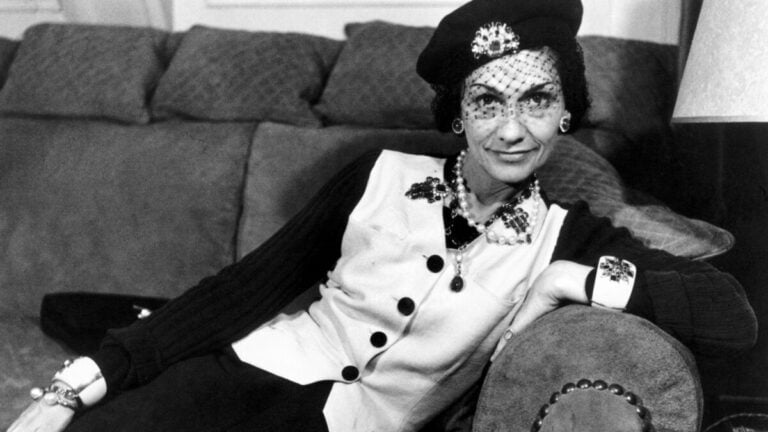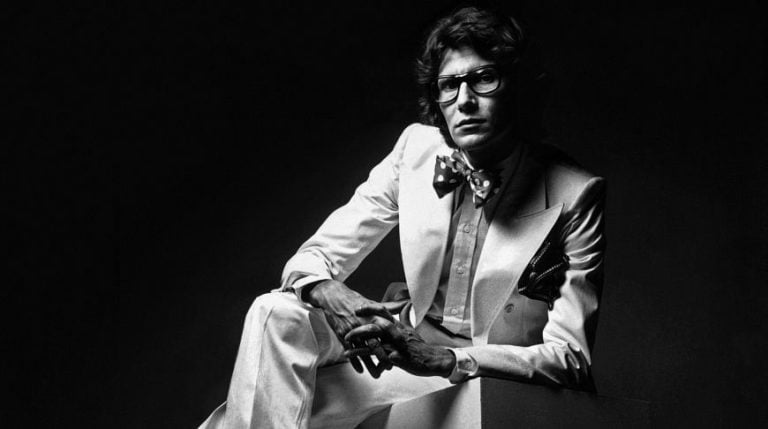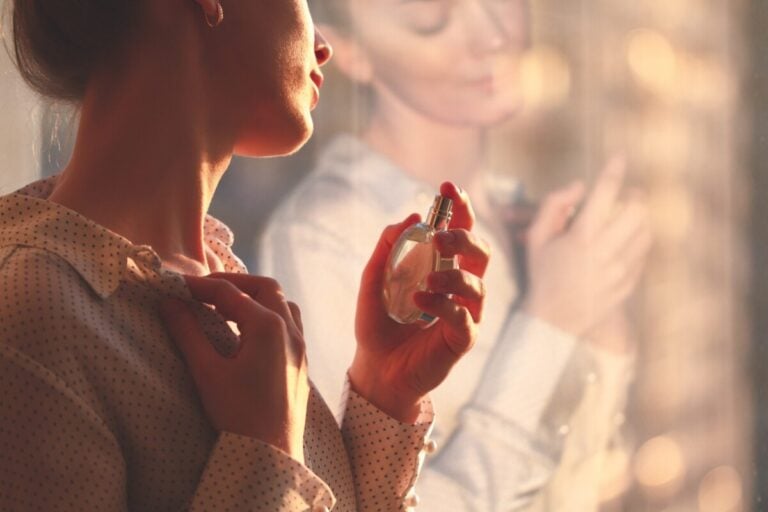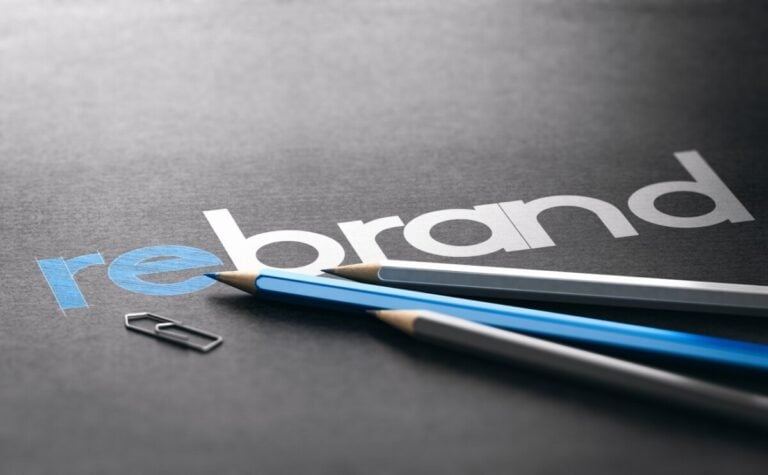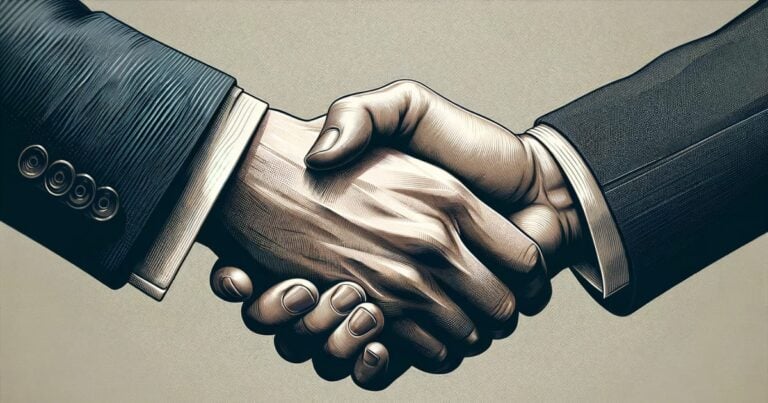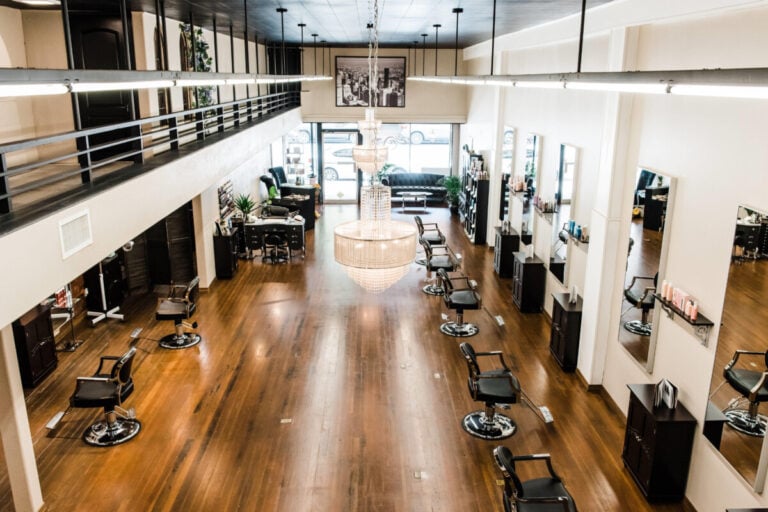From ancient civilizations to the present day, spirits have played a key role in culture and society. Originally used as ritual means, they quickly became a symbol of luxury, social status and individuality.
The ancient Egyptians used aromatic oils in mummification processes and in daily rituals. In Renaissance Europe, perfume became an indispensable court accessory, used not only for decoration, but also to mask unpleasant odors at a time when personal hygiene left much to be desired.
Modern perfumes, although much more technologically advanced, still draw inspiration from the rich history and tradition of this art. But how exactly are perfumes made? What secrets are hidden behind each bottle?
Perfume inspiration
The creation of every perfume bottle begins with a spark of inspiration. But where do ideas for new scents actually come from? What do perfume creators consider when deciding what their next creation should smell like?
Travel
There is no better source of inspiration than travel. From the exotic rainforests of South America, the crowded souks of the Middle East, to the peaceful Scandinavian fjords, each place has its own unique flavor. It is during travel that ideas for new fragrances are often born.
The discovery of previously unknown scents, such as flowers that grow only in one place in the world or distinctive spices, can inspire perfumers to create something completely new.
Nature
Inspiration is also drawn directly from nature. Sensual flowers, resinous trees, fresh fruits – all these ingredients have the potential to become the basis of future perfumes. Many artists spend hours walking through a forest or garden, listening to the smells around them.
Culture
Contemporary perfumes often reflect the spirit of their times, but just as often take inspiration from the past. Traditions, history, literature and even art – all this can be the starting point for creating a new fragrance. Classic compositions can be interpreted in a modern way, creating a combination of old and new.
Selecting ingredients to create perfume
Creating perfume is an art in which materials form the basis of each perfume composition. Choosing the right ingredients is key to achieving the desired effect and ensuring that the perfume lasts and is pleasant to the nose.
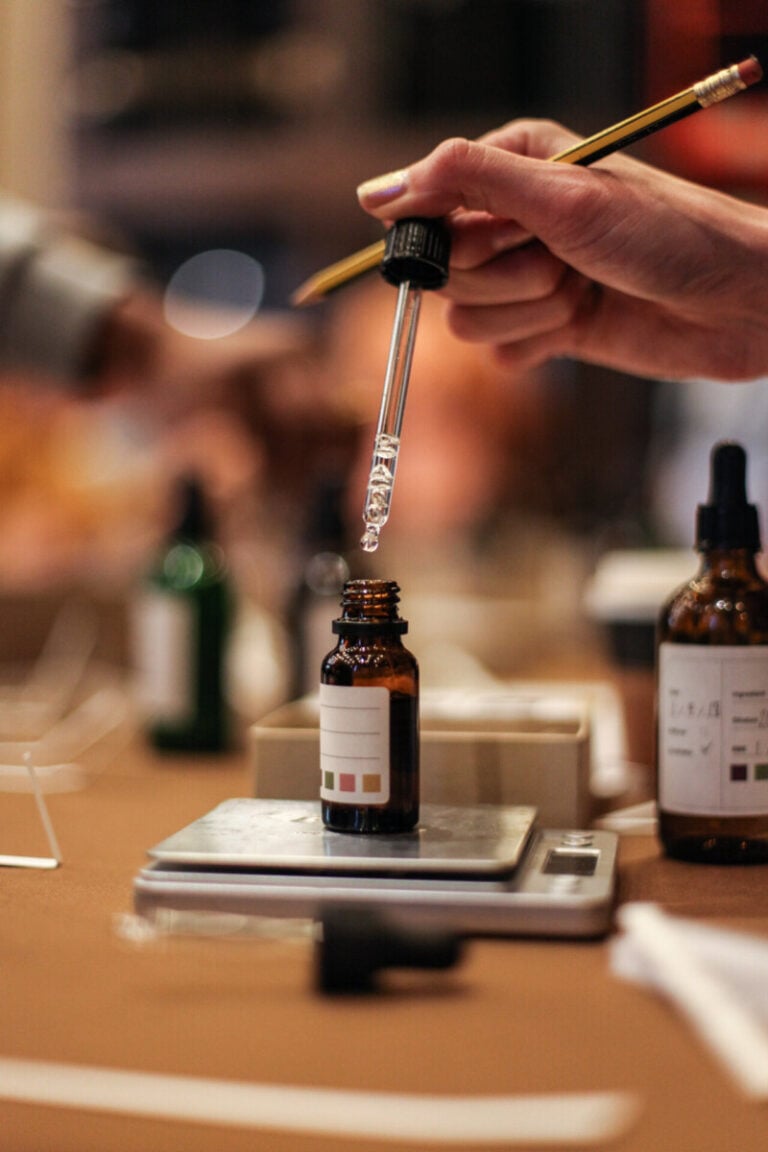
The most commonly used ingredients in perfumes.
- Floral: rose, jasmine, ylang-ylang, freesia, lily of the valley.
- Woody: cedar, sandalwood, patchouli, vetiver.
- Fruits: citrus fruits (lime, bergamot, orange), black currants, figs.
- Spices: vanilla, pepper, cardamom, cloves.
- Incense: amber, myrrh, incense.
Ingredient selection process
Origin
Selecting ingredients often begins with identifying their source. Should they come from a specific region or be organic?
Quality
The quality of the raw materials is critical. Perfumers often carefully analyze ingredients to check whether they contain any unwanted substances or impurities.
Uniqueness
Some luxury perfumes use rare ingredients to make the composition unique.
Ingredient testing
Odor interaction
One ingredient may smell different when combined with others. These tests help determine how ingredients will interact with each other.
Persistence of aroma
These tests determine how long an ingredient retains its aroma and how this affects the longevity of the entire composition.
Allergic reactions
Ingredients are tested to ensure they do not cause allergic reactions in users.
The choice of ingredients is not only a matter of aesthetics, but also of science. Thanks to an excellent knowledge of ingredients and their properties, perfumers are able to create unforgettable compositions that excite the senses and remain in the memory for a long time.
The role of the “nose” (perfumer)
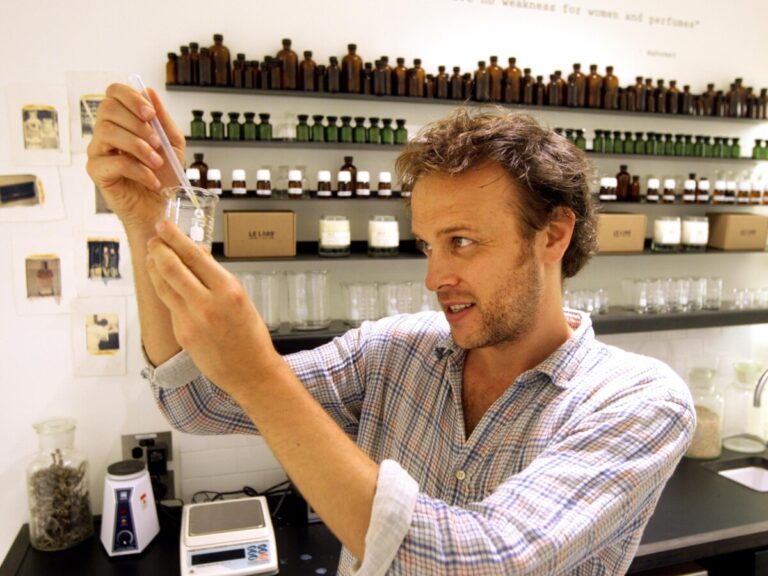
Tasks and skills of a perfumer
- Education and Experience – Internship in the industry, often under the guidance of experienced mentors, as well as specialized courses and training.
- Knowledge of ingredients – A perfumer knows hundreds, if not thousands of ingredients, their aromatic notes, interactions and properties.
- Keen sense of smell – Incredible ability to recognize, analyze and combine different odors.
- Market understanding – Knowledge of current trends and consumer preferences.
- Brand collaboration – Creating fragrances that align with the brand’s vision and identity.
- Experimentation – Constantly searching for new combinations and ingredients.
The process of creating a perfume composition
- Concept and inspiration – Creating a perfume begins with an idea or vision, for example a scent that reflects a Mediterranean beach.
- Ingredient Selection – Selecting the appropriate notes – top, heart and base – that will create the desired composition.
- Drafting and Editing – Creating an initial version, testing it, and making any necessary changes.
- Testing – Checking how a fragrance behaves on the skin under different conditions and its durability.
- Completion – Once testing is complete and any corrections have been made, the composition is ready for production.
- The role of a perfumer is a combination of passion, knowledge and skill. They are the ones who create unique scents that evoke emotions and create memories.
Perfume testing stages
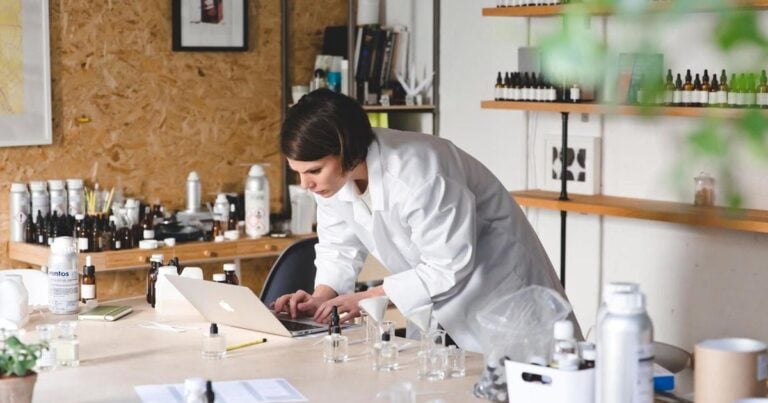
Safety tests
- Testing ingredients to ensure they are safe for human skin and do not cause allergic reactions.
- Checks are made to see whether perfumes retain their properties under different conditions, such as high temperatures.
Durability and prediction tests
- An estimate of how long a fragrance lasts on the skin.
- How far does the scent spread from the skin, and how is it perceived by the environment?
Tests on target groups
- Group selection: targeted at potential consumers – different age groups, gender, aromatic preferences.
- Blind tests: participants do not know which scent they are testing, allowing for an objective assessment.
- Feedback: Participants share their opinions about the scent, its longevity, intensity and overall impression.
Modifications based on results
- Opinion analysis: the test results help perfumers make any changes to the composition of the fragrance.
- Fragment refinement: Based on feedback, the perfumer can make changes to better tailor the product to consumer expectations.
Testing is not only about assessing the technical aspects of a perfume, but above all about understanding how a fragrance is perceived by potential users. This allows creators to create a product that not only smells great, but also meets market expectations.
Perfumery production
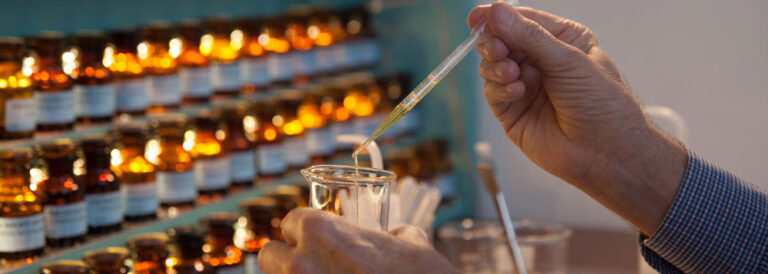
When the aromatic composition is ready, it enters the maceration stage. During this time, the ingredients are allowed to “ripen”, allowing their flavors to fully meld and achieve the desired aromatic effect.
The next step is filtration to remove insoluble particles and obtain a clear liquid. After this operation, the perfume is ready to be bottled.
Quality control is no less important. Each batch of perfume produced is thoroughly tested to ensure that the aroma complies with the original recipe and all quality standards. Quality control includes both the assessment of the aroma and its persistence and intensity.
Throughout the manufacturing process, it is critical to ensure consistency of scent so that each bottle, regardless of batch, smells the same. This is not an easy task, especially in large-scale production, but thanks to modern technology and strict control procedures, it is possible to maintain the highest quality standards.
Packaging and design of perfumes
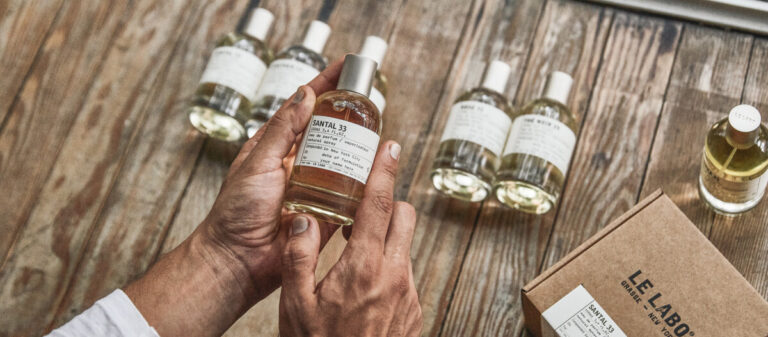
The process of creating unique bottles is as complex as creating the fragrance itself. Designers, engineers and marketers work together to create packaging that is not only functional, but also aesthetically pleasing, reflecting the character of the fragrance. The bottle should evoke certain associations and emotions, while emphasizing the brand’s personality.
Some perfume brands decide to collaborate with famous artists or architects to create unique bottles that become real works of art. Such investments are designed to attract the attention of consumers and differentiate the product from competitors.
In addition to the bottle itself, additional packaging elements are also important, such as the box in which the bottle is placed, or additional materials in the form of samples or information leaflets. All this together creates a holistic image of the product and brand, building relationships with the consumer.
To summarize, packaging design in perfumery is not only a matter of aesthetics, but also a strategic marketing tool. This allows brands to connect with consumers, build their identity, and differentiate themselves from competitors. In the world of perfumery, where fragrance is intangible and elusive, packaging becomes a concrete means of expressing the spirit and character of a given fragrance.
Promotion and launch of perfume products
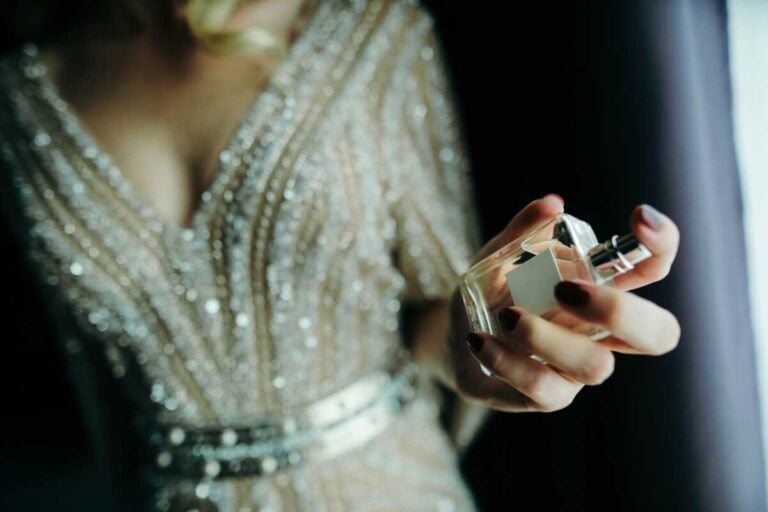
One of the main marketing strategies in the fragrance industry is creating a narrative around a fragrance. Love stories, adventures, passions or travel – all this can become the backdrop for promoting a new perfume. Through these stories, customers can feel an emotional connection to the product, which is especially important in such a personal category as perfume.
Advertising plays a key role in promoting a new fragrance. Short commercials, often in the form of mini-feature films starring famous actors and directors, appear on television, in cinemas and on social networks. These visual stories are designed to convey the essence of the fragrance and inspire potential buyers.
Working with brand ambassadors is another effective strategy. By choosing to be someone who is known and respected in the world of entertainment, fashion or culture, companies gain access to their fans and followers. Famous people often inspire trust among consumers, which may encourage them to try the recommended product.
Events and premieres are also a popular form of promoting new perfumes. In luxury shopping malls, boutiques or during special events, shoppers have the opportunity to smell the fragrance in real life, as well as participate in unique experiences associated with the brand or fragrance.
Don’t forget about samplers, which allow customers to try a fragrance before purchasing a full-size product. Thanks to them, you can “test” a perfume on your own skin and decide whether a particular scent suits your individual preferences.
Promoting and introducing a new fragrance to the market is a complex process that requires the coordination of many marketing activities. Success in this product category depends not only on the quality of the fragrance itself, but also on the ability to convince consumers to try it.
The process of creating perfume is an exciting journey that combines art, science and business. From the first spark of inspiration, through the careful selection of ingredients, to the launch of the finished product, every step is critical to creating a fragrance that will touch the hearts and feelings of people around the world.
